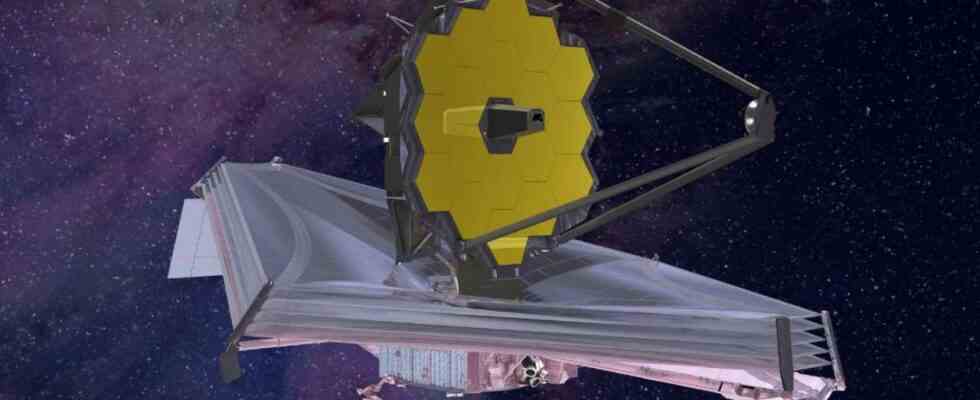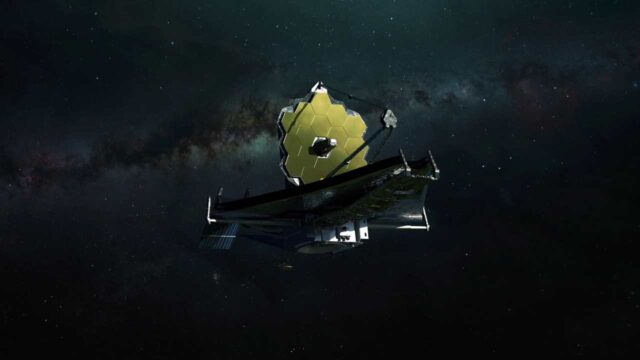The James Webb telescope, which became operational in the past years, continues to reveal the secrets of space. James Webb was used for the first time to confirm the existence of an exoplanet. Scientists will search for life on the planet known as LHS 475 b.
James Webb will search for signs of life on LHS 475 b exoplanet
Scientists have discovered more than 5,000 exoplanets to date. Thanks to the developed technologies, the James Webb telescope has the equipment to reach this number in a short time. To test the power of James Webb, NASA focused on a star system where another telescope called the Transiting Exoplanet Survey Satellite (TESS) had previously detected evidence of a planet.
Scientists observing stars for a long time detect the presence of planets by analyzing decreases in the brightness of their light. TESS is used in exoplanet detection with this method, called the transit method.
The star LHS 475, which was studied by TESS in the past years, was analyzed by the transit method. Scientists who detected a planetary movement could not confirm the existence of the planet due to insufficient data. Working with the James Webb telescope, NASA confirmed the existence of the LHS 475 b exoplanet detected by TESS.
It was announced that the confirmed exoplanet orbits a star only 41 light-years away in the constellation Octans. LHS 475 b, which orbits every two days, is among the planets closest in size to Earth.
LHS 475 b exoplanet, which is about a hundred degrees Celsius warmer than Earth, is estimated to have an atmosphere of pure carbon dioxide. Scientists, who think that there is life on the exoplanet, announced that they will conduct detailed research with the James Webb telescope to examine the atmosphere.
The research is described as a major step towards James Webb’s goal of searching for signs of life on exoplanets. “These first observational results from an Earth-sized, rocky planet open the door to many future possibilities for studying rocky planetary atmospheres with Webb,” said Mark Clampin, director of the NASA Astrophysics Division. Webb brings us closer to a new understanding of Earth-like worlds outside our solar system, and the task is just getting started.” said.

